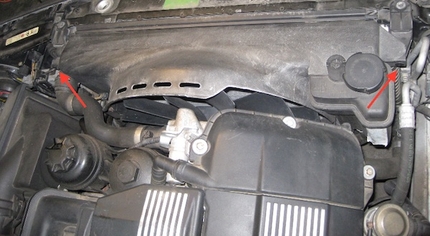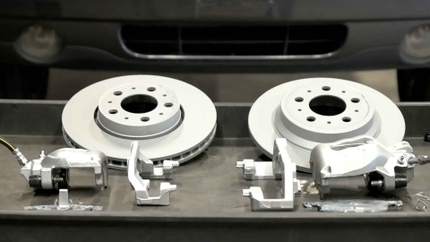Engine belts power various components off your engine's crankshaft, providing timing for valves and energy for alternators, pumps, etc. Over time they break down, requiring replacement.
A timing belt keeps your crankshaft and valves in time, ensuring no damaging contact is made in the engine, while a serpentine or accessory belt runs alternators, air conditioning compressors, and water pumps. If a belt isn't replaced during the recommended time frame, you risk catastrophic engine failure with hundreds of dollars in repairs.
How do you identify a failing engine belt?
Checking your belt's health regularly can warn you of a failing belt. Signs of cracks in the ribs of the belt, damage to the belt's grooves, or uneven wear on the belt's surfaces could indicate that the belt is on its way out, and it is time for replacement.

In addition to leaving you stranded, a failed belt can seriously damage your engine or accessory components. If your timing belt fails, it causes the valves of your engine to halt, leaving them in the way of moving pistons, causing bent valves or cracked pistons. At best you're looking at a couple hundred dollars in valves and seals. Worst case scenario, the damage is so severe that you're left looking for a new engine... or a new vehicle as a cheaper option.
How often do you check your belts?
Do you know the last time your serpentine belts or timing belts were serviced? Often times, it's been done sometime during a vehicle's previous ownership, and the exact interval is unknown. It's recommended that your engine timing belt is replaced every 30,000-60,000 miles (varying by vehicle, check your manual), with regular inspections of the belt health whenever possible.
Both accessory and serpentine belts should be replaced every 60,000-100,000 miles (again varying by vehicle, check your manual), with regular inspections of belt health with other maintenance inspections.
DIY timing belt and serpentine belt replacement:
Replacing your engine serpentine or accessory belts is definitely within reach of most DIY automotive enthusiasts, requiring basic tools and an afternoon to replace. For a serpentine belt, you often only need a couple of wrenches to loosen tensioners and swap out belts. Here's a DIY video for replacing the serpentine belt on a Mercedes C240 or C280.
A timing belt replacement is a little trickier, requiring careful attention to the alignment of engine timing marks, and maintaining that alignment on reassembly. While you're in there, it's a great opportunity to refresh your water pump and inspect the seals on your engine.
We've put together DIY videos and blog posts to guide you through the steps and help get the job done right! While this video is of a Volvo 850, the process is similar across all vehicles. Make sure to check specifics in your manual!
Contitech kits ensure the best quality repair!
At FCP Euro, we've organized Contitech belt kits, one of the highest quality belt manufacturers, to make selecting the components for your car easy. Whether you're looking for complete timing belt kits, or individual accessory belts, we make it easy to keep your European vehicle maintained. Click below to get started!













